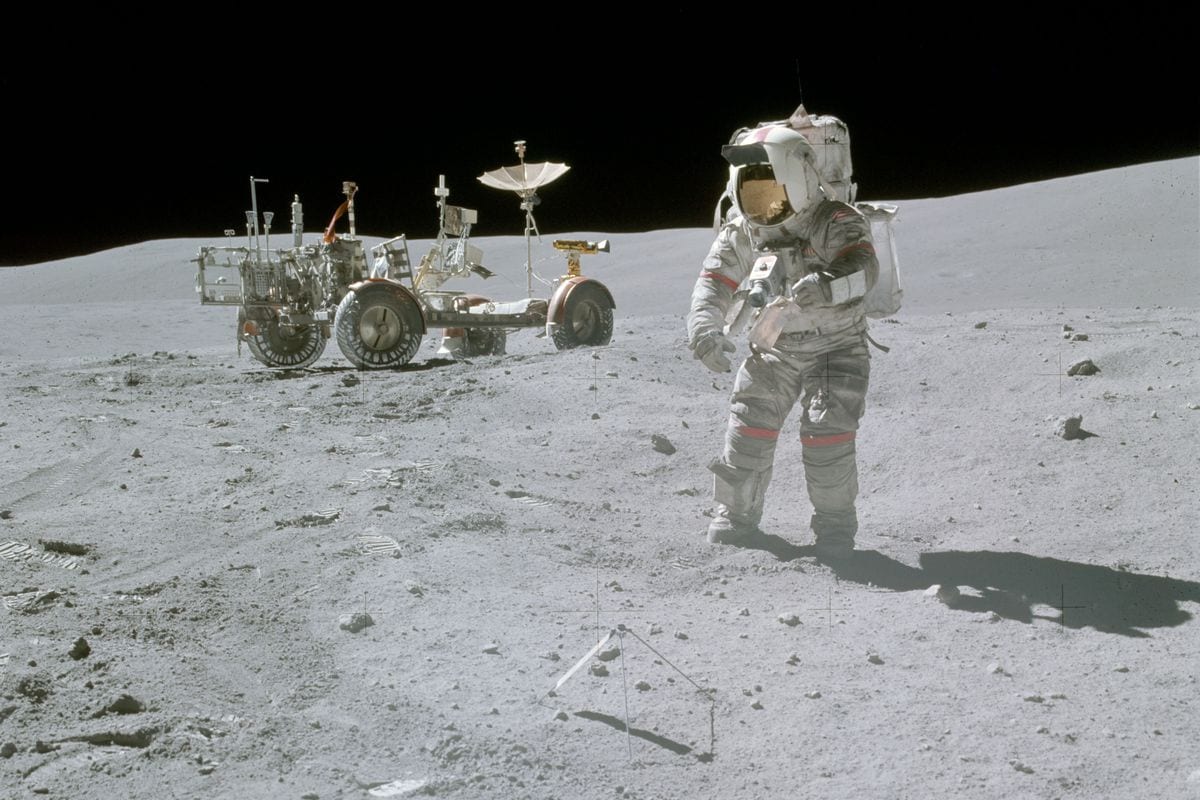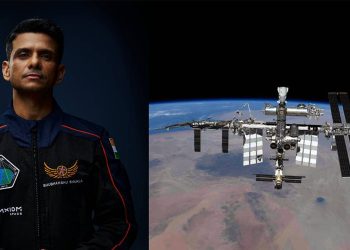BEIJING: The China National Space Administration (CNSA) has a plan to send a three-man crew of astronauts to China’s new space station for a three-month mission in June.
According to a space official Yang who was the country’s first astronaut in orbit, the three-man crew of the astronauts will go on the mission in the first week of June.
Yang, who orbited Earth in 2003, gave no details of the astronauts’ identities or a flight date and said the crew will come from the program’s two earliest groups of astronauts.
Asked whether women would be in the crew, Yang said, “on Shenzhou 12 we don’t have them, however, missions after that all will have them.”
The plans for the station’s first crew were confirmed to state television by Yang Liwei, the manned space program’s deputy chief designer, as an automated spacecraft was launched with fuel and supplies for the Tianhe station.
The Tianhe, or Heavenly Harmony, is the third and largest space station launched by China’s increasingly ambitious space program. Its core module was launched into orbit on April 29.
The Shenzhou 12 capsule carrying the crew will be launched from the Jiuquan base in China’s northwest next month, Yang said in comments broadcast Saturday by China Central Television.
The Tianzhou-2 spacecraft that docked with Tianhe on Sunday carried 6.8 tons of cargo including space suits, food and equipment for the astronauts and fuel for the station, according to the space program.
The space agency plans a total of 11 launches through the end of next year to deliver two more modules for the 70-ton station, supplies and the crew.
On Sunday, China successfully launched an automated cargo resupply spacecraft to rendezvous with an orbiting module, in the second of a series of missions needed to complete its first permanent space station.
The Tianzhou-2, or “Heavenly Vessel” in Chinese, blasted off via a Long March-7 Y3 rocket from the Wenchang Space Launch Centre on the southern island of Hainan, the China Manned Space Engineering Office said.
Tianzhou-2 is the second of 11 missions needed to complete China’s first self-developed space station around 2022 and follows the launch of the key module Tianhe in late April.
The three-module space station will rival the only other station in service, the International Space Station (ISS), which is backed by countries including the United States, Russia and Japan. China was barred from participating in the ISS by the United States.
Tianzhou-2 will autonomously dock with Tianhe, which will provide supplies for future astronauts as well as propellant to maintain its orbital altitude. The rocket’s launch was postponed this month due to technical reasons.
The first cargo spacecraft Tianzhou-1 was sent to refuel a space lab – Tiangong-2 – three times in 2017, as a test of the technologies needed to support the construction of the space station. Both Tiangong-2 and an earlier space lab Tiangong-1 have been deorbited in recent years.
Next year, China will launch the two other core modules — Wentian and Mengtian — using the Long March 5B, its biggest and most powerful space transport vehicle.
That rocket, capable of sending 25 tonnes of payload into low Earth orbit, was a source of worry earlier in May as it re-entered the atmosphere after delivering Tianhe into orbit.
Media reports warned of an “uncontrolled” re-entry of the rocket’s core stage, reviving memories of debris from the flight of the first Long March 5B in May 2020, which damaged buildings when it landed in Ivory Coast.


































